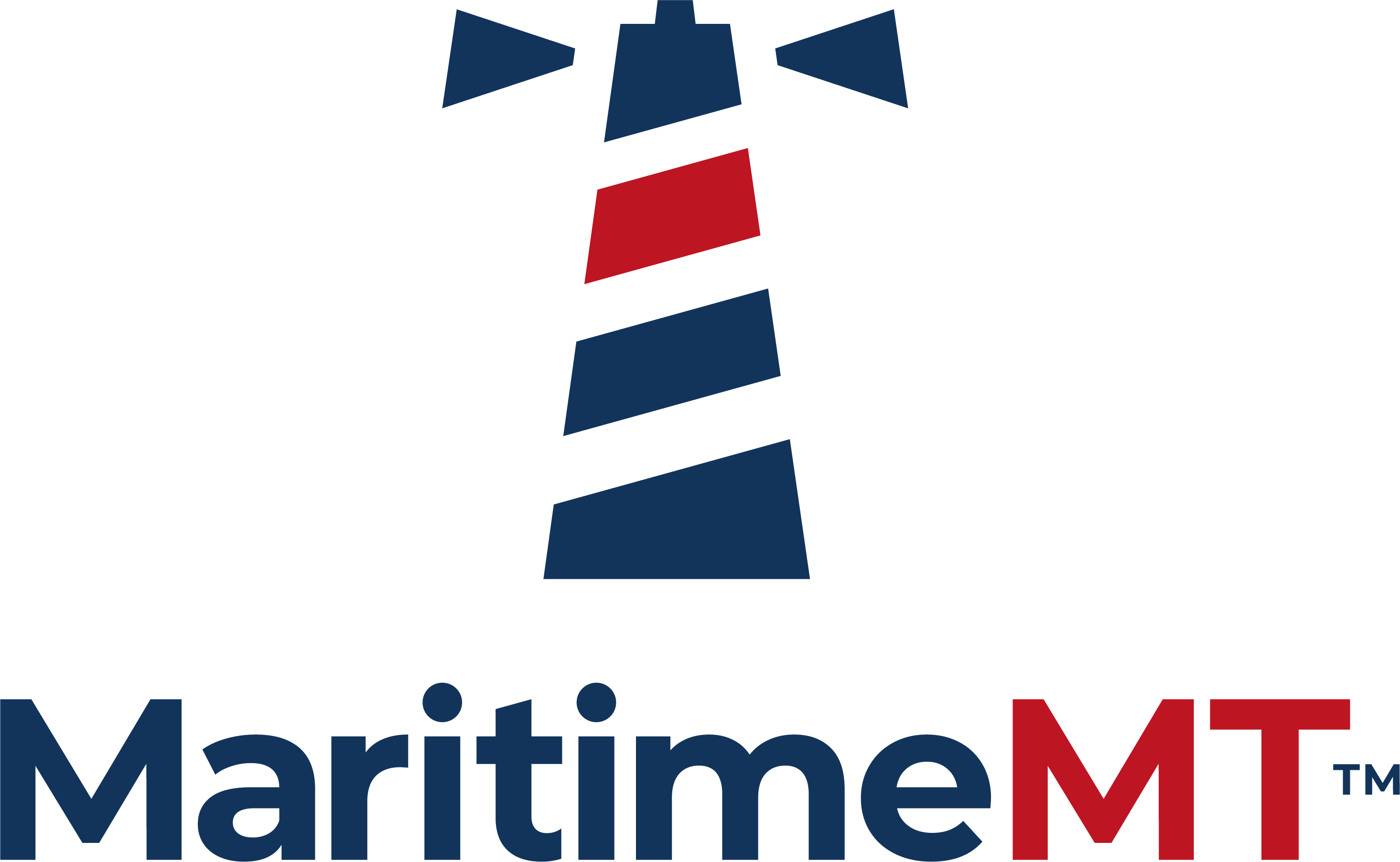
The aim of this course is to meet the mandatory minimum standards of competence for seafarers in Navigation for the Function: Maintain safe navigation through the use of information from navigation equipment and systems to assist command decision-making at the Management Level as specified in table A-II/2 of the STCW Code.
None of these dates work for you? Suggest another date & time
Description
 Malta Enterprise - Get Qualified Scheme
Malta Enterprise - Get Qualified Scheme
Proficiency in the radar system and related resources:
- Use of RADAR in Navigation
- Use of RADAR in Collision Avoidance
- Use of RADAR in Search and Rescue
Entry Requirements
-
Trainees who complete this course should be able to successfully demonstrate their competence at the Management Level by being:
- aware when the radar should be used, and able to supervise officers in charge of a navigational watch to select a suitable mode and range setting for particular circumstances, and to set the controls for optimal performance;
- fully aware of the limitations of the equipment in detecting targets, and able to evaluate the accuracy and reliability of information obtained and displayed;
- able to pay due attention to the functions of radar in position fixing, navigation, clearing of danger and altering course;
- able to coordinate the preparation of voyage plans, and use all effective means to ensure the implementation of voyage plans;
- able to develop a good understanding of the provisions in the Convention on the International Regulations for Preventing Collisions at Sea, 1972, relating to the use of radar;
- able to identify developing situations and ascertain risks correctly by radar and take appropriate actions, to verify the effectiveness of collision avoidance and determine the proper timing for resuming the course and speed after collision avoidance, bearing in mind that assumptions should not be made on the basis of scanty radar information; and
- able to instruct the bridge team to use radar information to determine the position of a distressed target, to approach the search and rescue spot by continuous setting-up of radar and evaluating radar information, and to manage proper informed decision-making to ensure successful coordination of the search and rescue operations.

